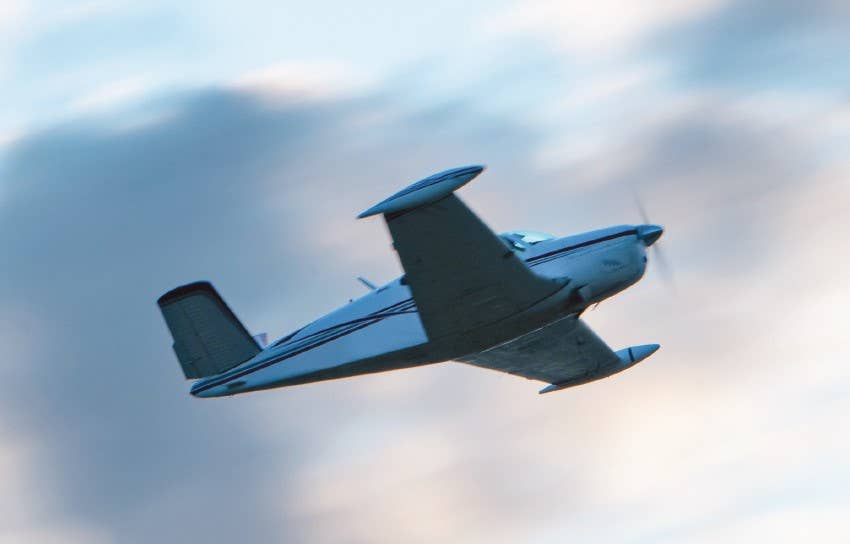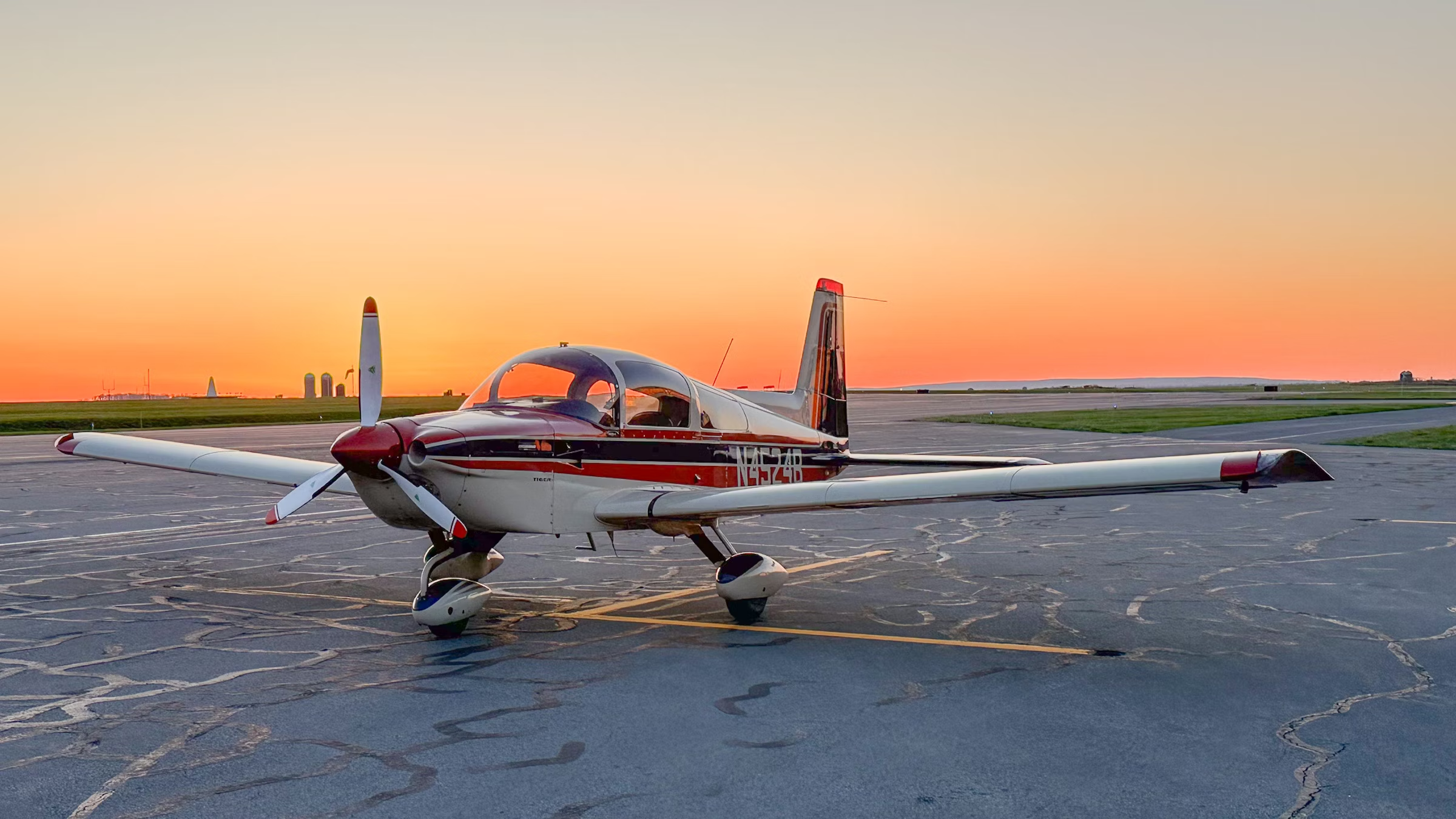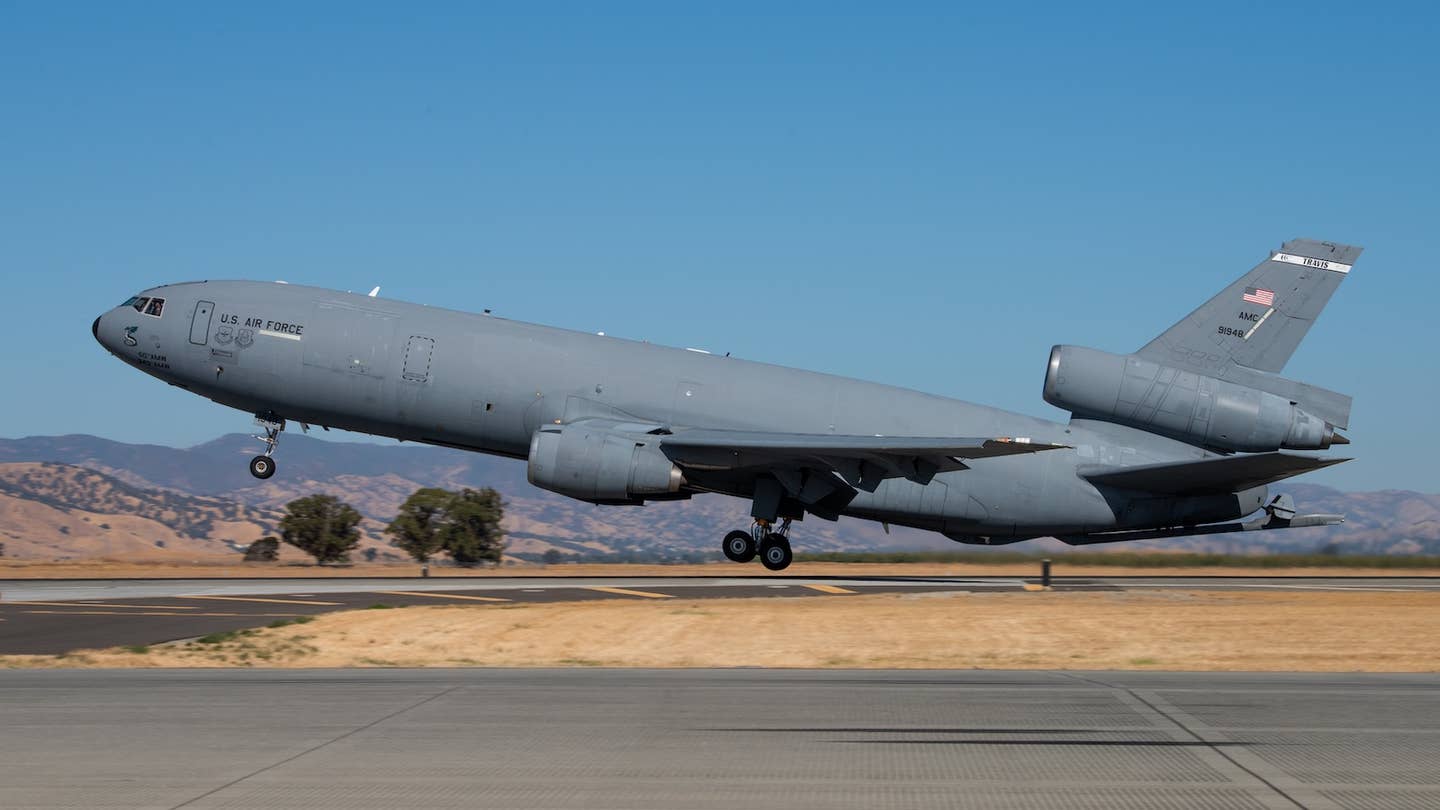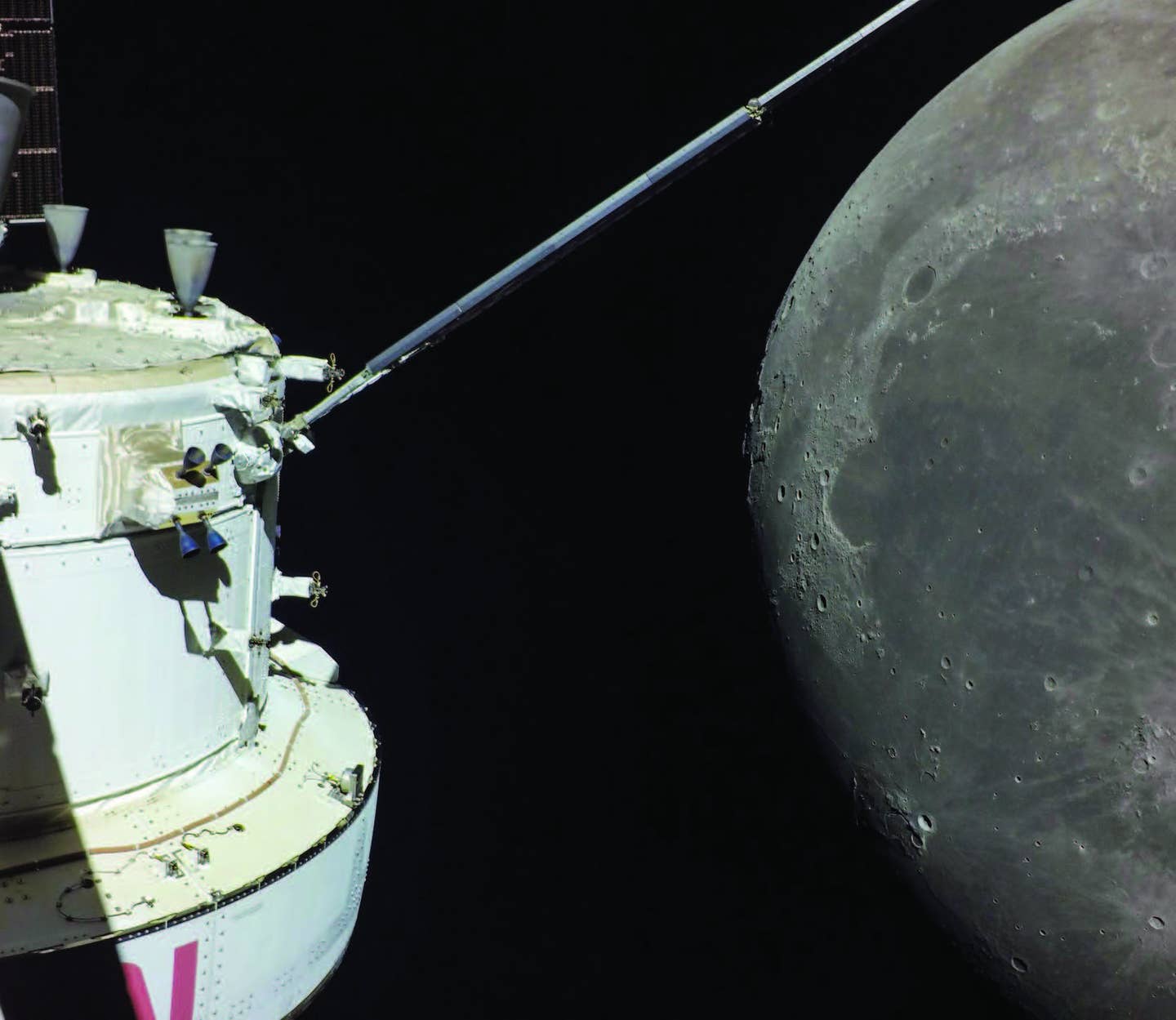It’s Up to Pilot to Ensure Quirk Doesn’t Turn Into Pitfall
Unfamiliarity with an airplane’s fuel system proved to be fatal.

A decade or two ago an accident like this would have fallen into the ‘for unknown reasons’ category. [Credit: Leonardo Correa Luna]
On a Friday evening early in January 2023, an Arkansas pilot died in the crash of his M35 Bonanza.
The airplane, manufactured in 1960, had been updated with, among other things, a couple of flight data recorders. Their memory cards survived the crash and allowed National Transportation Safety Board (NTSB) investigators to trace in minute detail the events that led to it.
If you're not already a subscriber, what are you waiting for? Subscribe today to get the issue as soon as it is released in either Print or Digital formats.
Subscribe NowThe 1,765-hour, instrument-rated commercial pilot, 43, an insurance agent and entrepreneur, had earlier flown a longtime friend from Fayetteville to Stuttgart, Arkansas. The trip took an hour. The friend, who had previously co-owned a Cirrus with the accident pilot and knew him well, reported that the flight was uneventful and that the pilot took off to return to Drake Field in Fayetteville (KFYV) 15 minutes after landing. He said that the pilot had told him that the airplane was fully fueled before they left Fayetteville.
It was late dusk and a full moon had just risen when the Bonanza, cruising at 4,500 feet, approached Drake Field. Eighteen miles out, it began a gradual descent at about 425 feet per minute. At 10 miles, the pilot called the tower and was cleared to land.
- READ MORE: Nothing Short of a Fatal Mismatch
When the Bonanza was around 3 miles from Drake, its speed decreased and its rate of descent increased. Six hundred feet above the ground, it started a left turn toward an open field, but before it reached the field its left wing struck a tree and it fell, out of control, to the ground. The airplane came to rest upright but fragmented. There was no fire.
NTSB investigators found nothing wrong with the engine, and there was ample fuel in the main tanks. The auxiliary tanks were empty. The fuel selector was set to the left main.
A decade or two ago an accident like this would have fallen into the “for unknown reasons” category. The electronic data recording devices, however, led the NTSB straight to the probable cause—”the pilot’s mismanagement of the airplane’s fuel system.”
In order to understand how a man described by his old friend as a “really good” pilot who was “knowledgeable” and “particular” about how he operated an airplane, one must first understand the fuel system of the M35.
The airplane had two main fuel tanks of 25 gallons each and two optional auxiliary tanks of 10 gallons each for a total capacity of 70 gallons. Its 260 hp engine burned around 14 gph in cruise. The fuel injection system of the IO-470, like all Continental fuel injection systems, pumped more fuel than the engine needed and sent the unused portion back to a tank. According to the airplane handbook, the vapor return amounted to 10 gph. If a main tank was selected, the vapor return went to it. If the aux tanks were selected, which fed simultaneously, the vapor fuel went to the left main.
This arrangement had several implications. One was that even though the engine was burning only 13 or 14 gph, the 20 gallons of auxiliary fuel would be gone in less than 50 minutes. Another was that if the aux tanks were selected before there was space for the return fuel in the left main, the return fuel would be vented overboard. The POH discouraged switching to the auxiliary tanks before the left main was half empty.
- READ MORE: A Cautionary Tale About Pilot Freelancing
The POH instructed the pilot to take off on the left main (and, without explanation, not to take off with less than 13 gallons in each main). On the trip to Stuttgart, the pilot actually appears to have taken off on the right main and switched to the left six minutes later. After 26 minutes, he selected the aux tanks and continued to feed from them for the remainder of the flight, presumably returning to a main tank shortly before landing. At Stuttgart he had about 54 or 55 gallons of fuel remaining, of which around 8 were in the aux tanks and 24 in the left main.
On the return flight, he burned fuel from the right tank for the first 49 minutes. He then made a fateful decision: He selected the aux tanks.
Seven minutes later, return fuel from the aux tanks had filled the left main and presumably begun to run out the vent. After another six minutes the fuel pressure began to fluctuate, and then it disappeared entirely. The Bonanza was now 1,400 feet above the runway elevation and several miles out. The remaining 40 seconds of electronic data showed no restoration of fuel pressure.
Evidentally the pilot had selected the left main and was attempting a restart when time and altitude ran out. The NTSB did not speculate about why the engine failed to restart. Presumably there was quite a bit of air in the lines. The pilot did maintain control of the airplane, and although he slowed it to minimum speed before impact, he did not stall it.
The NTSB report credits the pilot with 377 hours in “this make and model,” but it is silent on an important question: Was the fuel system on his previous Bonanza differently configured from that on this one? In an online post, one of the pilot’s associates stated that the Bonanza he was flying “was a new one to him” and “an unfamiliar airplane” but does not say in what way it was unfamiliar.
If the Bonanza he had previously owned lacked the optional auxiliary tanks, it’s possible that the pilot had not yet developed a set of habitual operating procedures for them. If he had, he might not have made the mistake of switching to the aux tanks, which contained only a few gallons of fuel, with little time remaining in the flight and with almost no room for return fuel in the left main. Nor, perhaps—assuming that he had not forgotten how little fuel was left in the aux tanks—would he have placed reliance on the ancient float-type fuel quantity senders, which were prone to drop out entirely at the seldom-visited, near-empty ends of their potentiometers, to keep him from running a tank dry.
- READ MORE: Two Fatal Cases of the Simply Inexperienced
Maybe, because switching to the fuller main is part of the airplane’s prelanding checklist, he performed a mental calculation—8 gallons in the aux tanks, 10 minutes to landing, reduced flow in the descent—and concluded that there would still be fuel in the aux tanks when he ran his prelanding checks. But in that case he may have forgotten that fuel was being drawn from the aux tanks at nearly double the rate that the engine was using it.
All airplanes have quirks. The Bonanza POH provided an accurate and concise description of the fuel system but did not trace every hypothetical path from a feature to a problem. It’s up to the pilot—especially one becoming acquainted with an unfamiliar airplane—to ensure that a quirk doesn’t turn into a pitfall.
Note: This article is based on the National Transportation Safety Board’s report of the accident and is intended to bring the issues raised to our readers’ attention. It is not intended to judge or reach any definitive conclusions about the ability or capacity of any person, living or dead, or any aircraft or accessory.
This column first appeared in the September Issue 950 of the FLYING print edition.

Sign-up for newsletters & special offers!
Get the latest FLYING stories & special offers delivered directly to your inbox







